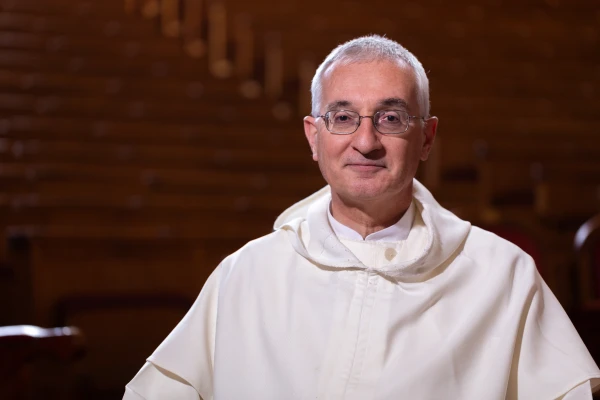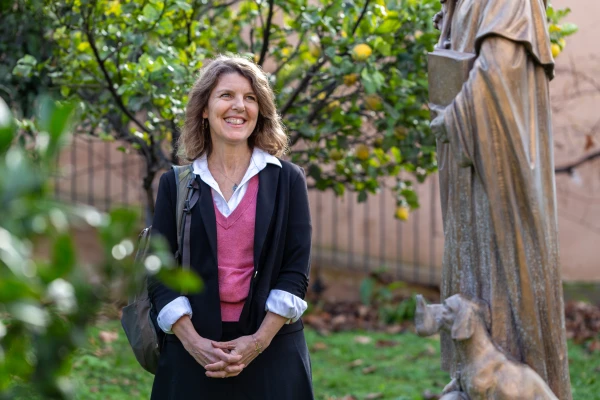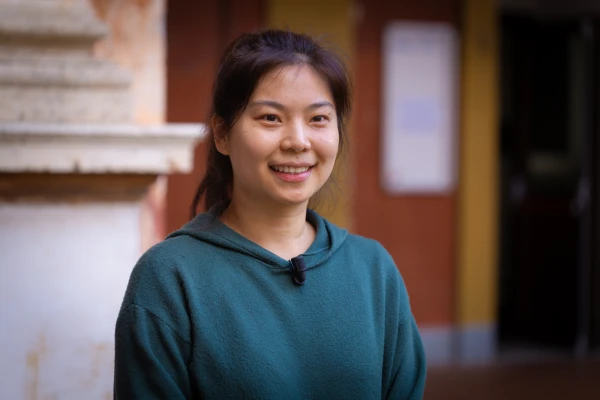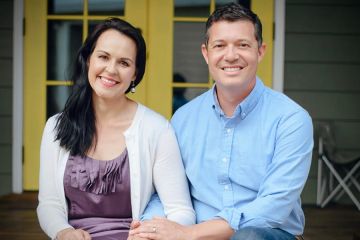Rome Newsroom, Jan 28, 2024 / 08:00 am
Hundreds of students travel annually to Rome to study the prodigious philosophical and theological works of St. Thomas Aquinas, the “Angelic Doctor,” whose feast the Catholic Church celebrates on Jan. 28.
“I knew that I wanted to study something that had to do with my faith,” Robin Franssen, 18, a first-year philosophy student at the Pontifical University of St. Thomas Aquinas in Rome, told the Register, CNA’s sister news outlet, “for God is really the center of my life. And I wanted not only to deepen my faith, but deepen my understanding of it.”
Originally from Belgium, Franssen was still in high school when he first heard of Thomism, the school of thought that arose as a legacy of the work of Aquinas — arguably the most illustrious saint in the Order of Preachers after its founder, St. Dominic — whose philosophy and theology was recommended by Pope Leo XIII in his 1879 encyclical on the restoration of Christian philosophy, Aeterni Patris, to be taught by the magisterium of the Church.
Similarly to the students walking in his footsteps several centuries after him, St. Thomas is also renowned for his great search for truth.
‘A man in search of God’
“St. Thomas is, first and foremost, a man in search of God,” Dominican Father Serge-Thomas Bonino, president of the Pontifical Academy of St. Thomas Aquinas, colloquially known as the Angelicum, told the Register. “We know that when he was a child, his first words were ‘Quid est Deus?’ meaning, ‘What is God?’”
Not only did St. Thomas search for God’s ultimate truth, Bonino added, but “he sought God intellectually,” to be able to share his knowledge with others.
Born in 1225 in the family-owned castle of Roccasecca in the Italian region of Aquino, Thomas spent his youth in the nearby Benedictine Monastery of Monte Cassino, established by St. Benedict, where his parents hoped that he would become the next abbot.

When Thomas was 14, a military conflict between the Italian Emperor Frederick II and Pope Gregory IX spilled into the abbey, prompting Thomas’ parents to enroll him at the studium generale (university) recently established by the emperor in Naples. There, not only did he discover the works of Aristotle, but he also discovered the Dominican order, which he asked to join in 1244 at age 19.
Thomas finished his studies in Paris, where he also began to teach at the University of Paris. He then followed his mentor, St. Albert the Great, to Cologne to teach as an apprentice professor before returning to Paris, where he was appointed regent master in theology.
“He returned to Italy twice,” Bonino said. “The first time, he went to Orvieto, where he, among other things, composed the proper for a Mass and an office for the feast of Corpus Christi at the request of the pope, and then to Rome, where he started to write his main work, the Summa Theologiae.”
After teaching in Paris for a second time, Thomas returned to Italy once again, this time to Naples, where he was called to participate in the Council of Lyon in 1274. However, the theologian never made it to France: Exhausted, he died in the Cistercian Abbey of Fossanova.
Living Thomism
Although 750 years have gone by since the great saint died (March 7), the thought of St. Thomas did not die with him but continued to develop over time and is today known as “living Thomism.”
Today, both religious and laymen and laywomen from the world over travel to Rome to study the thought of the great saint at the Angelicum, built on the legacy of the Dominican order’s first Roman university at the priory of Santa Sabina in Rome, founded in 1222.
(Story continues below)
“The students, wherever they come from, are faced with incredible cultural and intellectual challenges,” Bonino said, “and so they are looking for a tradition that is well rooted in the history of the Church, in order to be able to face these issues.”
“And Thomism, which has been and is still very much recommended by the magisterium of the Church, gives these students the keys and tools they need” to do so and to “promote a Christian vision of man, culture, and society,” he said.

“St. Thomas offers us an image of the human being that’s being forgotten today,” Gina Pribaz, 54, a student of spiritual theology at the Angelicum from the United States, told the Register. “It’s such a bedrock notion of man created in the image of God, of an embodied soul, and we need to really study what that means and how we can offer an explanation of that to others.”
Drawn to study the theology of St. Thomas in order to enrich her spiritual life, Pribaz added, “St. Thomas gives us such a depth of knowledge and a systematized and integrated way of understanding the faith, and I found that very attractive.”
Similarly, Franssen, the 18-year-old Belgian, commented: “Something really striking to me is the rationality of St. Thomas. We live in a world where it is commonly thought that faith is for the ignorant, that faith is irrational, unreasonable, but it’s not.”
“I believe that learning more about St. Thomas’ rationality that suffuses not only in his philosophy but in his whole work, really helps us not only to understand but also deepen and promote our faith.”
“Many think that because medieval theologians or philosophers are dead, so are their thoughts,” Zhihua Duan, 28, a doctoral student in philosophy at the Angelicum from China, told the Register. “But it’s not true. Looking at some of our contemporary problems, we can easily find the answers already present in the 13th century.”

Currently pursuing her doctorate in philosophy at the Angelicum, Duan is now finishing her doctoral thesis titled, “An Analogical Explanation of Aquinas’ Anthropology in Relation to His Political Beliefs.”
“One of the many things that I found very interesting in St. Thomas’ philosophy is his attempt to introduce natural beings and the natural existence to us,” Duan shared.
“Often, people want to start with the higher disciplines and, for example, immediately study the Trinity. But Aquinas starts with the natural existence to help us better understand what we are so that we can subsequently analogously speak about what God is.”
Reflecting upon the many things St. Thomas can teach us today, Pribaz added, “the idea that faith goes hand in hand with reason,” which remains “a stumbling rock for many people,” as well as the notion of “prayer as the interpreter of desire.”
“I know a lot of people, myself included, who wonder what it is they want in life, what they should be doing, how they should spend their time and use their gifts,” Pribaz said. “Because of that, I find St. Thomas’ notion — that being in dialogue with God in prayer reveals what we want, and that God interprets for us within our hearts what we want — beautiful.”
This story was originally published in the National Catholic Register and was edited and adapted by CNA.




